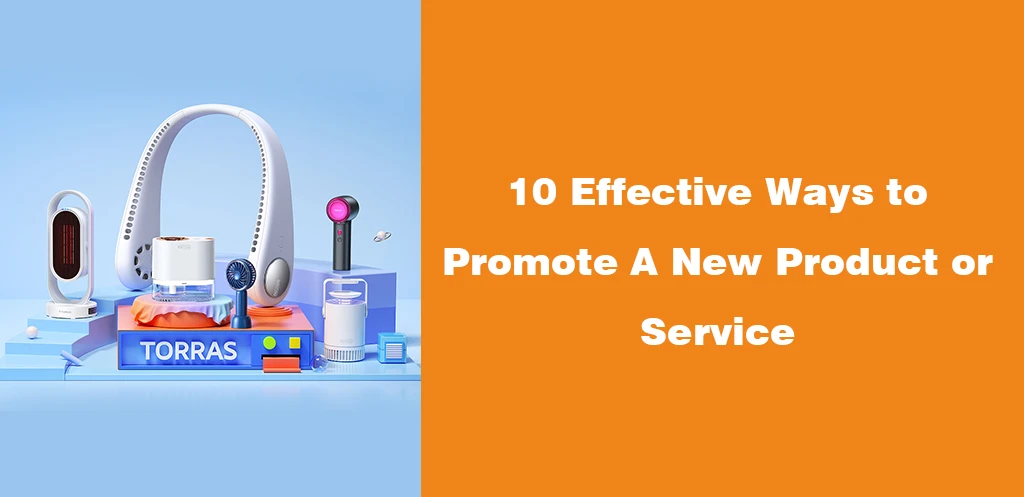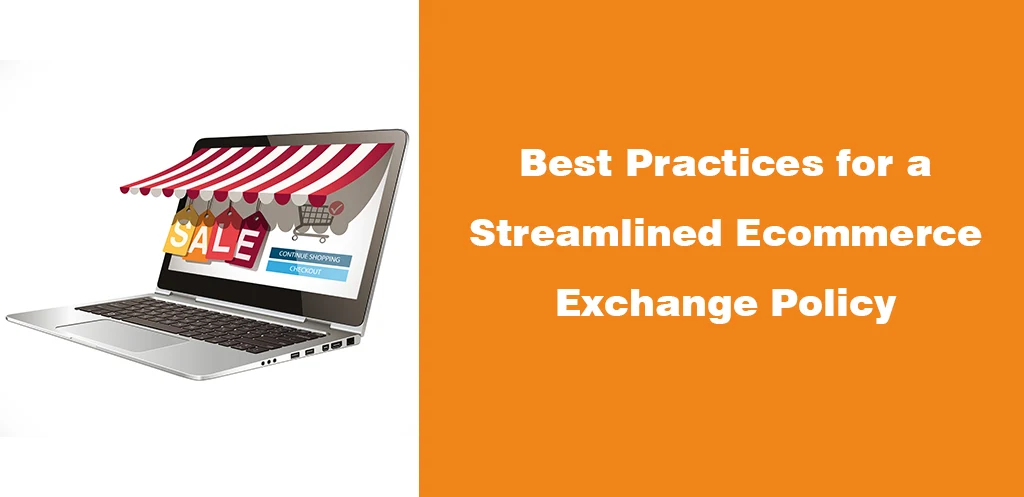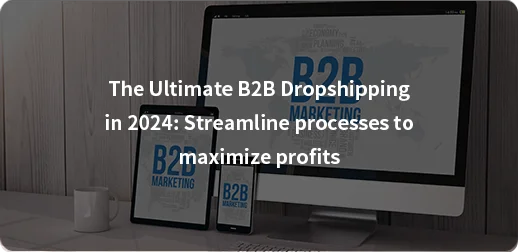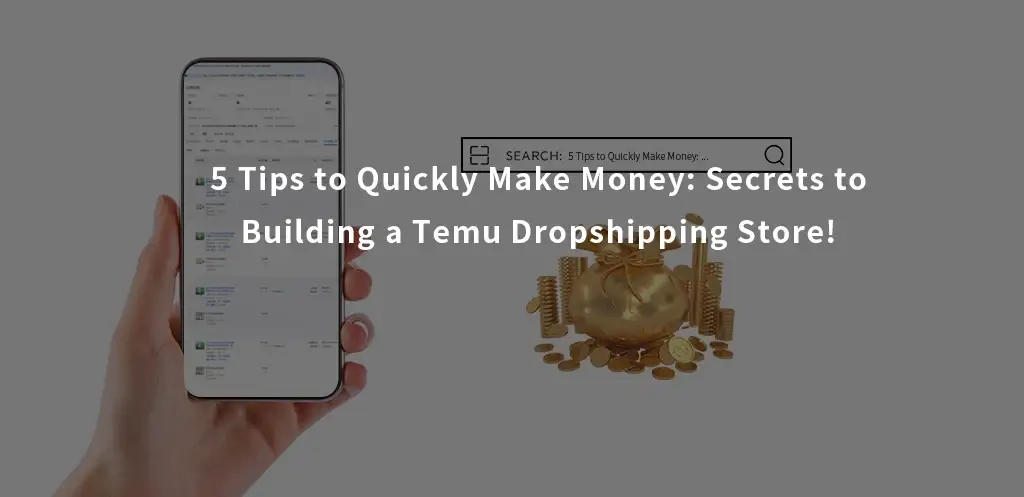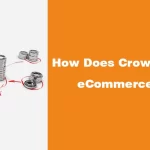Dropshipping is a straightforward and lucrative business model that allows you to sell products without keeping inventory.
However, it comes with the struggle of driving traffic to your store, especially when you’re up against a sea of competitors and customers always have plenty of options to choose from.
This is where social media marketing (SMM) can help. By creating a likable and engaging presence across your potential customers’ favorite platforms, you can get your brand in front of new people, attract traffic to your store and ultimately sell more products.
In this post, I’ll share with you 9 winning social media tips and you can apply today. I’ll also cover some reasons why EVERY company needs social media and the platforms best-suited for dropshipping fashion brands.
Let’s begin!
Does Your Apparel Business Really Need Social Media Marketing?
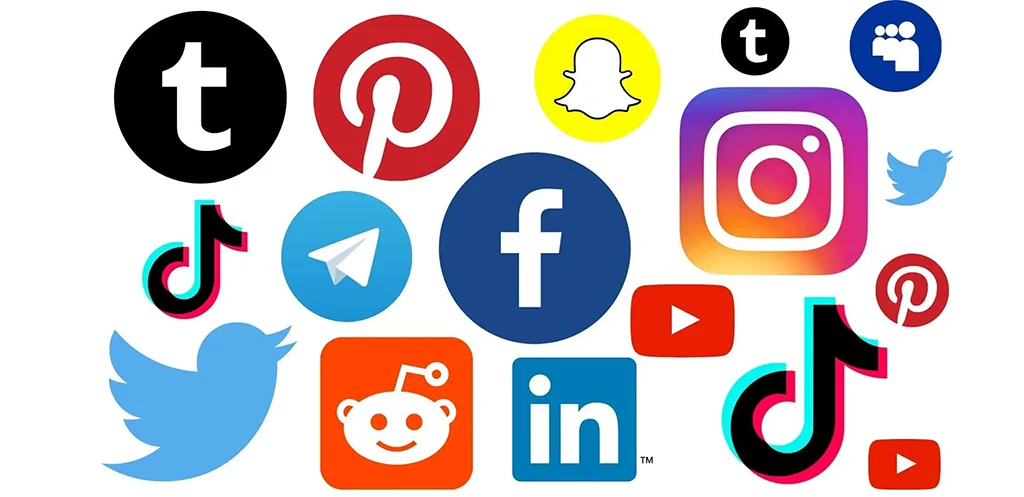
Given nearly 5 billion users scroll through social media everyday, the answer to that question is an astounding YES.
With the right strategies, businesses of all kinds can easily find and connect with their target audiences from this massive pool of users without breaking the bank. This is one major reason why social media marketing can be a game changer for your company.
But, having a social media presence isn’t just about getting your brand in front of new people; it’s also about building relationships and communities with the loyal customers you gain.
Because, not only do engaged followers respond more positively to your marketing, they’re more likely to recommend your brand to other people, basically helping as brand advocates.
Plus, having a presence across big social media platforms helps show potential customers and even other businesses that your company is legit and trustworthy.
What Are The Best Social Platforms For Fashion Brands?
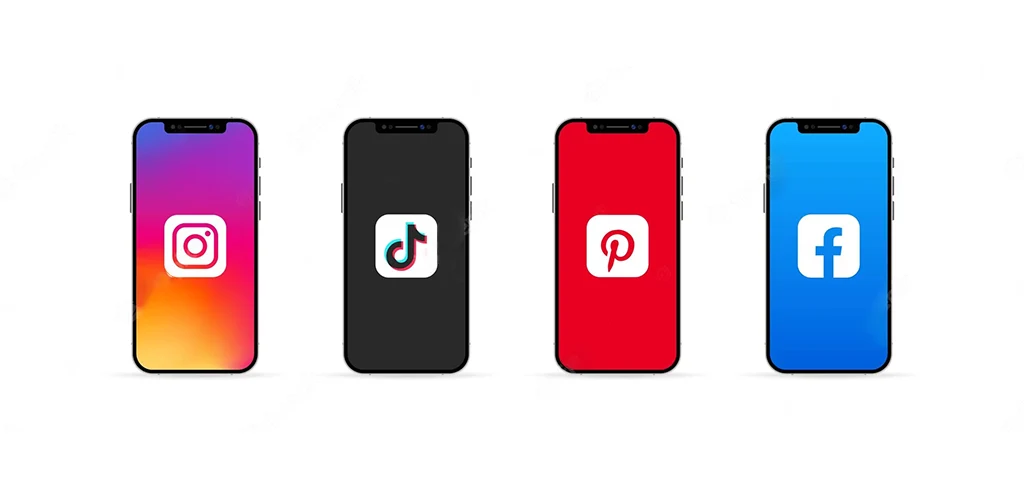
While every social media platform presents the opportunity to reach a wider audience, it’s clear that certain platforms are better suited for certain types of businesses.
Visually-oriented businesses (i.e fashion retailers, home decorators, etc) may find it best to optimize platforms like Facebook, Instagram, TikTok and Pinterest because of their emphasis on image and video content. Let’s cover each platform’s strengths and tips for growing on them;
With roughly 3 billion users, Facebook is generally considered an excellent choice for all kinds of companies to spread their reach.
But apart from access to millions of potential customers, facebook’s robust advertising capabilities offers you the ability to target specific demographics and interests, making it easier to hone in on the segments of people actually interested in your products.
Plus, the platform’s analytics features provide a good deal of insights into how people interact with your brand, allowing you to reflect on and refine your marketing strategies based on what works.
Instagram is a content sharing platform that’s great for businesses to showcase their products in stunning video and images.
It’s said that more than 130 million users interact with product-related posts each month on Instagram. This means you have a huge opportunity to drive sales by sharing promotional content that’s both captivating and inspirational.
Besides product related posts, it helps to entertain your fans and keep conversations rolling by coming up with creative and interesting stories reels or feeds. These posts can revolve around current trends or topics like styling, opinions, fashion movements and body positivity.
TikTok
With over 1 billion users and an immense popularity among younger audiences, TikTok is a must-use platform for fashion brands that want to connect with Gen Z consumers.
The platform’s short-form video format and playful theme is great to showcase your brand’s personality, trends, and product. But in a fun and engaging way.
As you take your brand to TikTok, get involved in viral challenges and use popular sounds. Doing so shows you’re involved in the community and will help boost your visibility. Plus, well-timed influencer partnerships can go a long way in introducing your brand to a bunch of new audiences.
Pinterest is a platform dedicated to visual discovery, meaning its an excellent choice for apparel stores to build their presence.
Every day, millions of people use the platform to find inspiration via ‘pins,” so you want to focus on creating eye-grabbing pins that showcase your products and resonate with your audience’s aspirations.
Just like SEO, you can improve your visibility by using relevant keywords and hashtags, and creating detailed pin descriptions. Like Instagram and TikTok, you can also collaborate with popular influencers to get your brand in front of more audiences.
9 Social Media Marketing Tips For Your Dropshipping Company

Here, we’ll cover 9 essential tips for launching your brand’s social media presence the right way:
1. Research Fashion Trends Before Creating Content
The fashion industry is dominated by trends, and staying on top of them is crucial for the success of your company.
Pay attention to the discussions and hashtags gaining traction on platforms you use, like Instagram, TikTok, Pinterest, and follow fashion influencers and publications within your niche.
Furthermore, keep an eye out for emerging styles, fashion events, and clothing topics. By staying on top of trends, you’ll be able to gather valuable insights into what’s capturing your audience’s attention and create content that actually resonates with their interests.
2. Focus On A Few Key Platforms
According to Statista, Facebook and Instagram are the two most popular platforms consumers use to discover and buy fashion products.
Furthermore, platforms like TikTok, Pinterest, Snapchat, and YouTube make good marketing mediums for apparel sellers thanks to their visual-first nature.
When selecting a social media platform, think about your target audience’s demographics (age, location) their interests, and the platforms they’re most active on. That way, you can ensure to connect with the right people and show off your products in the best way.
3. Post Regularly
To build a solid reputation on social media, you need to post consistently. Just like SEO, if you only post once in a while, a lot of people won’t get to see your content.
But, you don’t want to sacrifice quality for quantity, so instead of overwhelming your audience with irrelevant content, you can commit to producing one good post a day.
By “one good post,” I mean a useful, interesting, or entertaining piece of content that speaks clearly to your audience, aligns with your brand’s marketing, and, ideally, sparks meaningful reactions like comments, shares, or likes.
When you post consistently, more people will interact with your content, and awareness of your brand will extend from social media into real life.
Moreover, posting regularly signals to social media platforms that you are an active user. As a result, they will show your content more often. The algorithm for Facebook, YouTube, Instagram, and all the other social media platforms operates similarly to this.
4. Engage Your Audience

To foster a community and create meaningful interactions, you must find ways to actively engage with your audience. You can do this in many ways:
Post questions, ask for opinions, and encourage viewers to share fashion-related stories.
Take the time to reply to direct messages and comments on your posts, and show genuine interest in your audience’s thoughts and feedback.
Encourage customers to create and share content featuring your products and brand, then repost user-generated content that aligns with your brand’s vision as social proof.
When your audience sees you’re genuinely interested in the community, they will feel better and respond positively to your branding and marketing materials.
5. Devise A Content Plan
To save time and post consistently, create posts in advance and schedule them into a well-planned content calendar.
Identify key fashion trends, events, and holidays. Then, find how you could fit them into your plan with relevant content ideas.
Also, consider setting themes for each week or month’s content. For instance, over a specific time frame you might decide to create posts around sustainable fashion, body positivity, styling guides or promotional materials like teasers for upcoming collections and behind the scenes footage for a new product’s development.
A content plan helps give direction to your content creations and ensures you can maintain a consistent campaign narrative over a period of time.
6. Collaborate With Influencers
Influencers are a valuable way to get your product across to targeted audiences. These social media personalities have thousands of followers, so getting them to share or post about your brand can provide amazing brand awareness benefits.
Start by looking for influencers whose style and audience align with yours. You can also research their previous collaborations, engagement rates, and authenticity to get a good feel of whether such a partnership would make sense for your brand.
Once you find the right influencers, reach out to them and state your interest in a collaboration.
7. Use Image and Video Content
Social media has changed the way businesses and consumers communicate. High-quality video and image content are now powerful tools for fashion brands to tell stories, engage their audience visually, and showcase products.
On Instagram and TikTok, you can participate in current challenges or even create yours so users can produce user-generated content.
You can also use visual content to introduce your team, share behind-the-scenes brand stories of your design process, and shed light on your artistic inspirations. This type of branded content goes a long way in fostering a deeper emotional connection to your company.
8. Integrate Social Media Shopping Features
Top social media platforms like Instagram and Facebook allow companies to turn their social media presence into sales channels. On both these platforms, this involves creating a product catalog.
Your social media catalog should include the products you want to display and popular products existing customers buy frequently. Like your online store, keep the design simple and well-organized and update your catalogs regularly.
Next, you want to use shoppable posts and product tags. These features make it easier for people to discover and purchase your products from these platforms. As a rule of thumb, use clear product descriptions, make your pricing clear, and include direct links to your online store.
9. Monitor The Performance Of Your Efforts
Lastly, you should use social media analytics tools to actively monitor the performance of your content and social media campaigns. Here, there are four key metrics to consider:
- Reach: How many people see your social media posts in their feeds.
- Engagement: How many people like, comment, and share your posts.
- Click-through rates: How many people click through from your social content to your website or product pages.
- Conversions: How many people buy something after seeing a social media post.
The metrics you track at any given time will depend on your goals. For example, if you want to boost sales, then conversions are what you want to monitor and optimize.
On the other hand, if you’re looking to boost website traffic, closely track your click-through rates and adjust your tactics as necessary.
Final Thoughts On Social Media Tips For Dropshipping Stores

Social media marketing is arguably one of the most important forms of marketing you can apply today. Unlike SEO and content marketing, with social media, you can directly access your target audience and engage them on a daily basis.
If you aren’t yet leveraging social media for your business, I hope this guide has made how you can start clearer. So, go ahead. When your online store is set up and ready, create an account on the channels you want to target and start creating content for your audience.
As you go about this journey, check out Globallyfulfill if you want to simplify your dropshipping workload.
Our expert agents provide order fulfillment support, handling tasks like sourcing products, negotiating with suppliers, and managing shipping – so you can focus on other key aspects of your business. Get in touch with us today!

